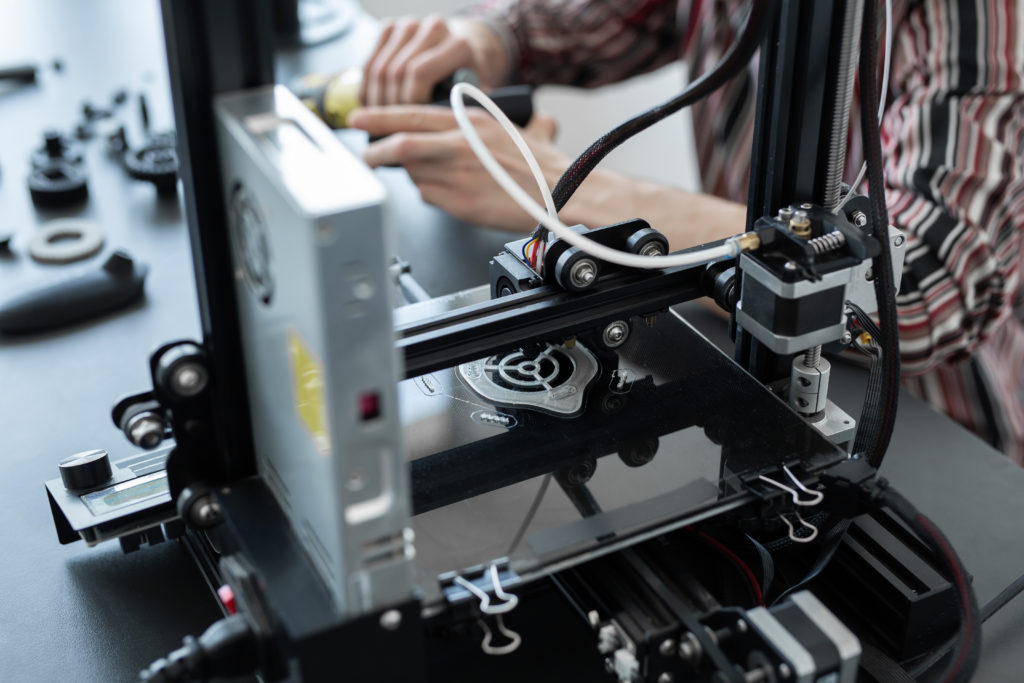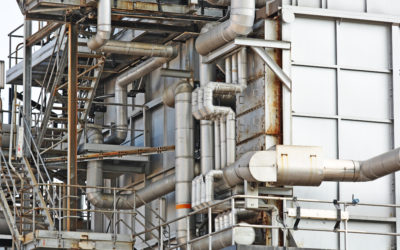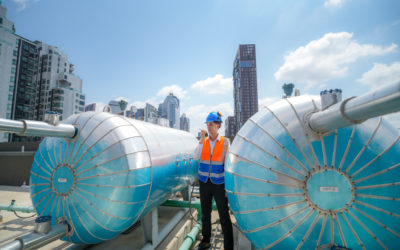3D-Printed Heat Exchangers: A Leap Forward in Thermal Efficiency
The manufacturing world is abuzz with innovation, and heat exchangers are no exception. Compact heat exchangers, celebrated for their efficiency and reduced size, have become indispensable across aviation, automotive, and medicine industries. But what if these thermal champions could be further optimized with cutting-edge technology? Enter the era of 3D-printed heat exchangers, which promise unprecedented precision, performance, and sustainability. And with advanced treatments like HeatX, these marvels can operate longer and more efficiently than ever before.
What Makes 3D-Printed Heat Exchangers Unique?
3D printing, or additive manufacturing, allows for intricate designs that traditional methods like welding or brazing struggle to achieve. This innovation is critical for small, compact heat exchangers that demand high precision and complex geometries. Using materials like AISI 316L steel, 3D-printed heat exchangers combine strength with versatility.
In this study, researchers tested a compact heat exchanger designed with 3D printing technology. It featured a bundle of finely crafted steel tubes where the HFE7100 refrigerant condensed, showcasing exceptional thermal performance. A phase change material (PCM) slurry coolant enhanced heat transfer by leveraging its unique phase transition properties.
Why Are 3D-Printed Heat Exchangers Game-Changers?
- Compact and Lightweight:
- These heat exchangers maximize thermal efficiency while minimizing size and weight—ideal for aerospace, automotive, and electronics applications.
- Eco-Friendly Design:
- Reducing material usage and refrigerant volumes aligns with sustainability goals, helping industries lower their environmental impact.
- Customizable Performance:
- Additive manufacturing enables tailor-made designs that meet the specific demands of high-tech industries.
- Advanced Thermal Performance:
- The integration of PCM slurry coolant enhances heat exchange efficiency, making these exchangers compact and high-performing.
How HeatX Enhances Longevity and Efficiency
While 3D printing revolutionizes design and fabrication, longevity and operational efficiency remain critical. That’s where HeatX, an advanced surface treatment, comes into play. HeatX offers:
- Corrosion Resistance: Protects against scaling and environmental wear, extending the lifespan of these innovative devices.
- Improved Efficiency: Keeps heat exchangers operating at peak performance by preventing fouling and reducing maintenance requirements.
- Reliability Under Extreme Conditions: Ensures durability in high-pressure and high-temperature environments often encountered in industrial applications.
Applications and Future Potential
From preheating fuel in aerospace to cooling electronic components in automotive systems, 3D-printed heat exchangers have applications across industries. Their small size and superior performance are particularly suited for energy-efficient technologies in fields where space and weight are at a premium.
With the addition of HeatX treatment, these devices can set new benchmarks in thermal management systems. As industries continue to innovate, the combination of 3D printing and advanced surface treatments like HeatX ensures these compact powerhouses remain reliable and efficient for years to come.
Embrace the Future of Heat Exchangers
3D-printed heat exchangers are not just a glimpse of the future—they are here, redefining what’s possible in thermal management. When paired with HeatX, they become the ultimate solution for industries aiming to balance performance, efficiency, and sustainability. It’s time to harness the power of innovation and elevate your thermal systems to the next level. Learn more about HeatX with our experts.



